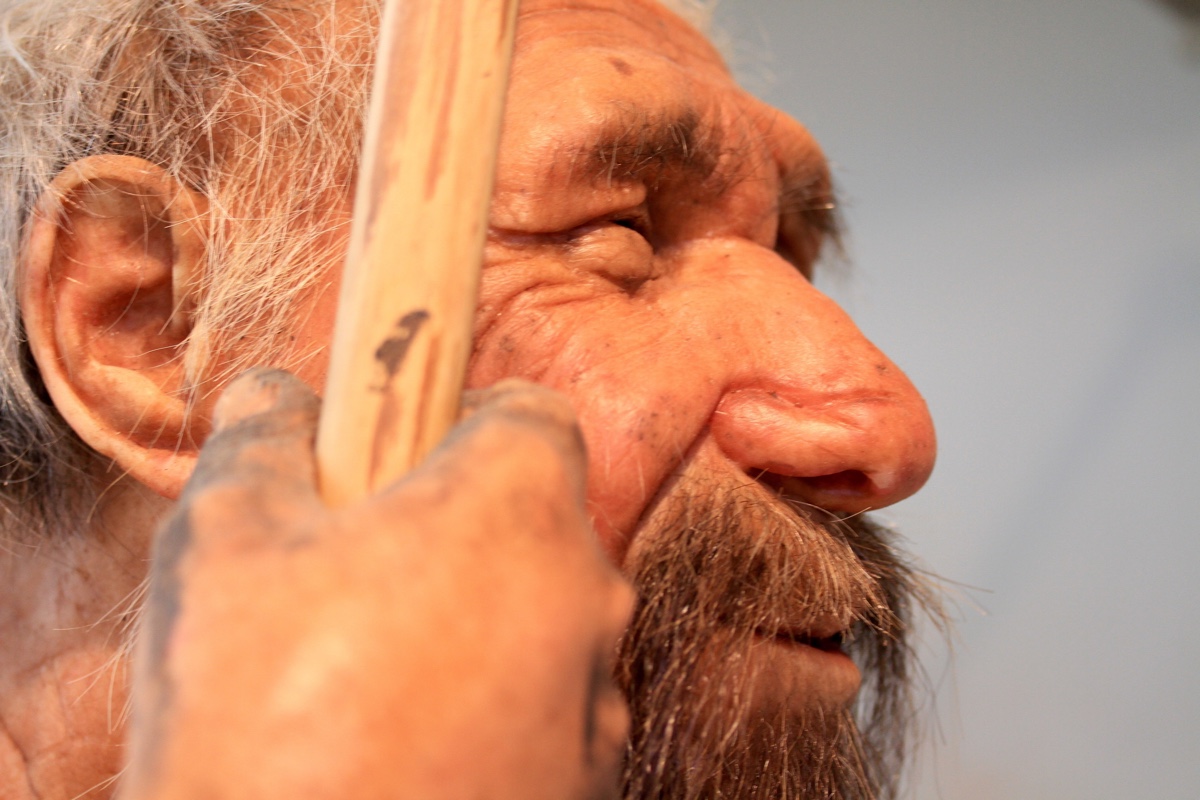Your Hair Color and Sleep Habits May Come from Neanderthals

Neanderthal DNA could influence your skin tone, hair color, sleep patterns, mood and even smoking behavior, a new study finds.
The finding sheds light on the role Neanderthal genetic variants play in modern human biology in addition to disease, the researchers said.
Neanderthals, the closest extinct relatives of modern humans, died off in Europe about 40,000 years ago. Research over the past decade has revealed that Neanderthals interbred with the ancestors of modern humans who migrated out of Africa. Currently, scientists find that the genomes of modern human groups that originated outside Africa hold between 1.8 and 2.6 percent Neanderthal DNA. [In Photos: Neanderthal Burials Uncovered]
Prior work found that Neanderthal gene variants play roles in a wide variety of health-related problems in modern humans, such as depression, heart attacks, nicotine addiction and obesity. However, researchers wanted to see what role Neanderthal DNA might play in nondisease traits in modern humans.
The researchers analyzed the genetic data of more than 112,000 volunteers in the UK Biobank, a database of health information collected from 500,000 participants over time. This database also noted many other traits, such as physical appearance, diet and behavior.
The scientists found that "Neandertal DNA is one source of variation for many traits in modern humans," study lead author Michael Dannemann, a computational biologist at the Max Planck Institute for Evolutionary Anthropology in Leipzig, Germany, told Live Science.
For instance, DNA from Neanderthals may play roles in modern humans' hair color, skin color and tendency to tan, study senior author Janet Kelso, also a computational biologist at the Max Planck Institute for Evolutionary Anthropology, said in a statement. In addition, modern humans with certain Neanderthal gene variants tend to be smokers, and other Neanderthal gene variants are found more frequently in people who are "night owls."
Get the world’s most fascinating discoveries delivered straight to your inbox.
The researchers also noted that some Neanderthal gene variants were linked with lighter skin tones and hair color, while others were linked with darker ones. "These findings suggest that Neanderthals might have differed in their hair and skin tones, much as people now do," Dannemann said in a the statement.
Kelso noted that many of the traits they saw that were influenced by Neanderthal DNA — including skin and hair color, mood and sleeping patterns — are linked to the level of sunlight people receive. She noted that Neanderthals had already lived in Eurasia for millennia before modern humans migrated there about 100,000 years ago. As such, Neanderthals were likely better adapted to the lower and more variable levels of ultraviolet radiation from the sun compared with the new arrivals from Africa — traits they passed on to the offspring of their liaisons with modern humans.
"This work and future work will help us understand what Neanderthals contributed to variation in modern humans, and perhaps in the future also let us learn more about Neanderthals," Dannemann said.
Dannemann and Kelsodetailed their findings online Oct. 5 in the American Journal of Human Genetics.
Original article on Live Science.



